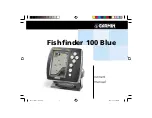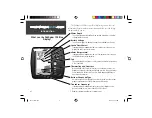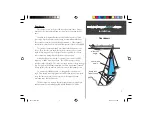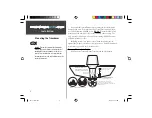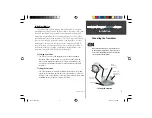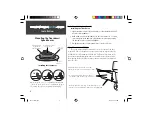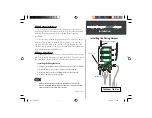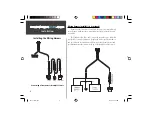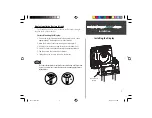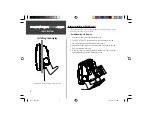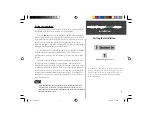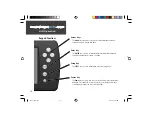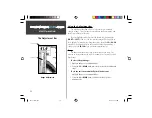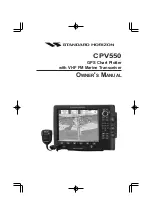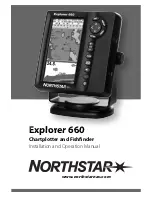
3
Installation
Mounting the Transducer
In-Hull Installation
To avoid drilling a hole to mount a thru-hull transducer, a transom
mount transducer may be used with epoxy inside a boat (also called “shoot-
thru-hull” installation). For a transducer to be mounted inside the hull
(shoot-thru, not thru-hull), the boat must be fi berglass, no core (contact
your boat manufacturer if you are unsure). Test by placing a small amount
of water inside the hull, placing the transducer on top of the water, then
verifying the accuracy of the locators versus the current water depth. If
they are the same, use epoxy (non-silicone based) to affi x the transducer
to the inside of the hull. If using a temperature sensing transducer, the
temperature displayed will reflect the hull temperature.
Selecting a Location
The location has to be solid fi berglass, devoid of any air bubbles,
laminates, fi llers or dead air space. The location needs to be in an
area of clean water at all speeds. Do not place the transducer over
any strakes or behind any obstruction on the hull that would create
turbulence.
Testing the Location
Place the transducer in the water, pointed directly at the bottom, and
set the unit for optimum performance. Place the transducer in the test
device as show on the side bar. If the sonar performance is signifi cantly
degraded, another location will need to be tested.
Continued on page 4
Testing the Location
Many modern hulls have a prelocated pocket for
In-hull transducer installation. If you are unsure
if your hull is equipped with a prelocated pocket,
contact your hull manufacturer.
PVC Pipe
or a Can
Strip Caulk or
RTV Sealer
Hull Surface
Weight
transducer to
hold it in place
Fill Pipe or Can
with water or a
light mineral oil
FF 100 Blue.indd
09/18/01, 2:57 PM
3

